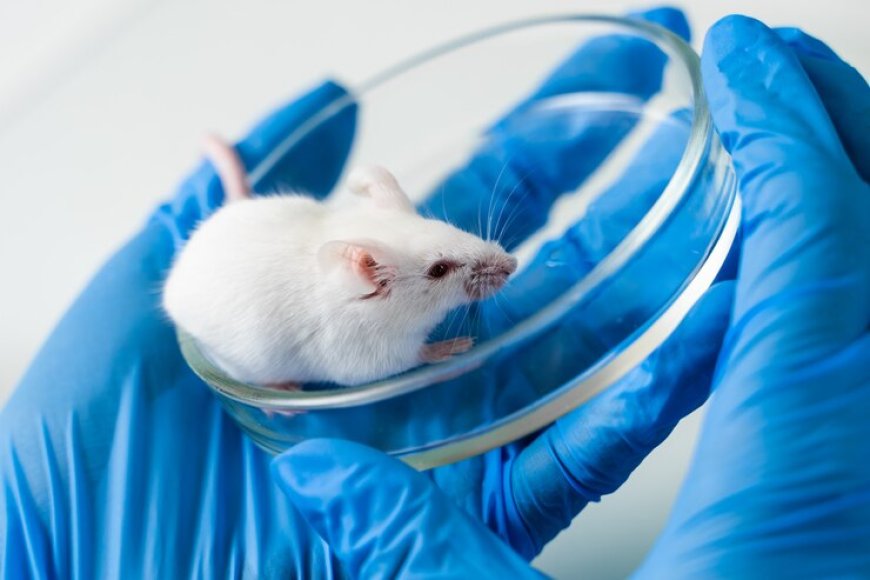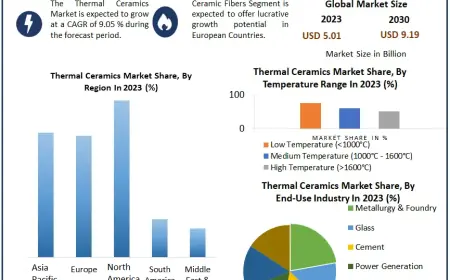Rat Model Market Size, Share, Demand and Forecast 2024-2032
The global rat model market size reached US$ 1.4 Billion in 2023. Looking forward, IMARC Group expects the market to reach US$ 2.5 Billion by 2032, exhibiting a growth rate (CAGR) of 6.84% during 2024-2032.

IMARC Group's report titled "Rat Model Market Report by Model Type (Outbred Rats, Inbred Rats, Knockout/Genetically Modified Rats, Hybrid/Congenic Rats, Conditioned/Surgically Modified Rats, Immunodeficient Rats), Technology (Clustered Regularly Interspaced Short Palindromic Repeats (CRISPR), Microinjection, Embryonic Stem Cell Injection, Nuclear Transfer, and Others), Service (Breeding, Cryopreservation, Re-derivation, Genetic Testing, Quarantine, and Others), Therapeutic Area (Oncology, Neurology, Immunology, Toxicology, and Others), End User (Contract Research Organizations (CROs), Academic and Research Institutes, Pharmaceutical and Biotechnology Companies), and Region 2024-2032". The global rat model market size reached US$ 1.4 Billion in 2023. Looking forward, IMARC Group expects the market to reach US$ 2.5 Billion by 2032, exhibiting a growth rate (CAGR) of 6.84% during 2024-2032. The rising demand for personalized medicines is primarily stimulating the market.
Factors Affecting the Growth of the Rat Model Industry:
- Increasing Use of Rat Models in Biomedical Research:
The growing use of rat models in biomedical research is a primary driver of the rat model market. Rats are preferred due to their genetic, biological, and behavioral similarities to humans, making them valuable for studying human diseases and testing new drugs. Advances in genetic engineering have enabled the development of transgenic rat models, which are essential for understanding complex diseases such as cancer, cardiovascular disorders, and neurological conditions. As research institutions and pharmaceutical companies continue to prioritize the discovery of novel treatments and therapies, there has been a rise in demand for sophisticated rat models, driving market growth.
- Rising Prevalence of Chronic Diseases:
The rising prevalence of chronic diseases globally is significantly driving the rat model market. Chronic conditions such as diabetes, hypertension, and neurodegenerative diseases require extensive research to develop effective treatments and preventive strategies. Rat models play a crucial role in preclinical studies due to their ability to mimic human disease progression and response to therapies. This makes them indispensable in drug development pipelines. As the burden of chronic diseases increases, so does the necessity for robust animal models, thereby fueling the demand for rat models in research and development efforts across the pharmaceutical and biotech industries.
- Advancements in Genetic Engineering Techniques:
Advancements in genetic engineering techniques are propelling the rat model market. Techniques such as CRISPR/Cas9 and other gene-editing technologies have revolutionized the creation of customized rat models with specific genetic modifications. These advancements allow researchers to investigate the genetic underpinnings of diseases more accurately and develop targeted therapies. The ability to create precise models for rare and complex diseases enhances the scope of biomedical research. As these technologies become more refined and accessible, the production and use of genetically modified rat models are expanding, driving market growth and enabling more sophisticated research outcomes.
Leading Companies Operating in the Global Rat Model Industry:
- Biomere
- Charles River Laboratories International Inc.
- Cyagen Biosciences Inc.
- Envigo (Inotiv Inc.)
- genOway S.A.
- Janvier Labs
- Taconic Biosciences Inc.
- TransViragen Inc.
For an in-depth analysis, you can refer sample copy of the report: https://www.imarcgroup.com/rat-model-market/requestsample
Rat Model Market Report Segmentation:
By Model Type:
- Outbred Rats
- Inbred Rats
- Knockout/Genetically Modified Rats
- Hybrid/Congenic Rats
- Conditioned/Surgically Modified Rats
- Immunodeficient Rats
Outbred rats represent the leading segment due to their genetic diversity and robustness, making them ideal for general research purposes.
By Technology:
- Clustered Regularly Interspaced Short Palindromic Repeats (CRISPR)
- Microinjection
- Embryonic Stem Cell Injection
- Nuclear Transfer
- Others
Clustered Regularly Interspaced Short Palindromic Repeats (CRISPR) accounts for the largest market share owing to its precision and efficiency in creating genetically modified rat models.
By Service:
- Breeding
- Cryopreservation
- Re-derivation
- Genetic Testing
- Quarantine
- Others
Based on the service, the market has been divided into breeding, cryopreservation, re-derivation, genetic testing, quarantine, and others.
By Therapeutic Area:
- Oncology
- Neurology
- Immunology
- Toxicology
- Others
Toxicology holds the majority of the market share on account of the extensive use of rat models in testing the safety and efficacy of new drugs and chemicals.
By End User:
- Contract Research Organizations (CROs)
- Academic and Research Institutes
- Pharmaceutical and Biotechnology Companies
Pharmaceutical & biotechnology companies represent the leading segment due to their high demand for preclinical testing and drug development research.
Market Breakup by Region:
- North America (United States, Canada)
- Asia Pacific (China, Japan, India, South Korea, Australia, Indonesia, Others)
- Europe (Germany, France, United Kingdom, Italy, Spain, Russia, Others)
- Latin America (Brazil, Mexico, Others)
- Middle East and Africa
Global Rat Model Market Trends:
The global rat model market is primarily driven by increasing demand for preclinical research, the rising prevalence of chronic diseases, and advancements in genetic engineering technologies. The growing use of rat models in biomedical research stems from their genetic, biological, and behavioral similarities to humans, making them invaluable for studying human diseases and testing new therapies. Chronic conditions such as diabetes, cancer, and neurodegenerative diseases require extensive research for effective treatments, with rat models playing a crucial role in these studies. Furthermore, ongoing advancements in genetic engineering techniques such as CRISPR/Cas9 have revolutionized the creation of transgenic rat models, allowing for precise manipulation of genes to mimic human disease conditions more accurately, thus contributing to market growth.
Note: If you need specific information that is not currently within the scope of the report, we will provide it to you as a part of the customization.
About Us:
IMARC Group is a leading market research company that offers management strategy and market research worldwide. We partner with clients in all sectors and regions to identify their highest-value opportunities, address their most critical challenges, and transform their businesses.
IMARCs information products include major market, scientific, economic and technological developments for business leaders in pharmaceutical, industrial, and high technology organizations. Market forecasts and industry analysis for biotechnology, advanced materials, pharmaceuticals, food and beverage, travel and tourism, nanotechnology and novel processing methods are at the top of the companys expertise.
Our offerings include comprehensive market intelligence in the form of research reports, production cost reports, feasibility studies, and consulting services. Our team, which includes experienced researchers and analysts from various industries, is dedicated to providing high-quality data and insights to our clientele, ranging from small and medium businesses to Fortune 1000 corporations.
Contact Us:
IMARC Group
134 N 4th St. Brooklyn, NY 11249, USA
Email: sales@imarcgroup.com
Tel No:(D) +91 120 433 0800
United States: +1-631-791-1145
What's Your Reaction?
 Like
0
Like
0
 Dislike
0
Dislike
0
 Love
0
Love
0
 Funny
0
Funny
0
 Angry
0
Angry
0
 Sad
0
Sad
0
 Wow
0
Wow
0


















































